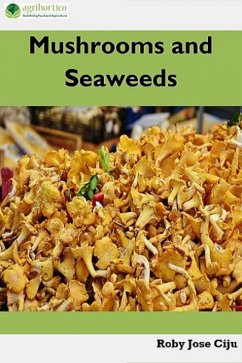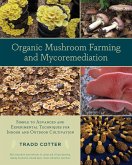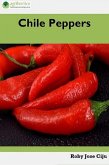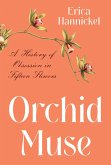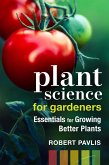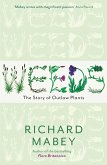Mushrooms are a group of edible fungi while seaweeds are a group of edible algae. Both mushrooms and seaweeds are cholesterol-free, caffeine-free, low-fat, low-sugar foods that are rich in vitamins, minerals, protein and dietary fibres and therefore, considered as superfoods. Superfoods are multifunctional foods that contribute towards consumer's health and wellness. They are rich in antioxidants and are consumed to prevent modern-day life style diseases such as heart attack, diabetes, cancer and osteoporosis. Seaweeds and mushrooms are rich in antioxidants that help us to stay fit and young. Antioxidants are present in seaweeds and mushrooms in the form of vitamins, minerals, enzymes and polyphenolic compounds.
Dieser Download kann aus rechtlichen Gründen nur mit Rechnungsadresse in A, B, BG, CY, CZ, D, DK, EW, E, FIN, F, GR, H, IRL, I, LT, L, LR, M, NL, PL, P, R, S, SLO, SK ausgeliefert werden.

